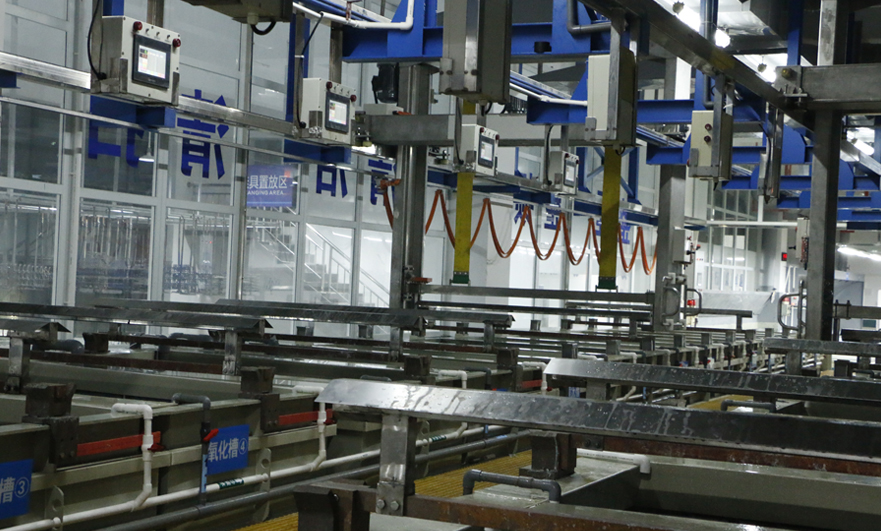15 years one-stop China custom CNC machining parts factory

Hey there I’m VMT Sam!
With 25 years of CNC machining experience we are committed to helping clients overcome 10000 complex part-processing challenges all to contribute to a better life through intelligent manufacturing. Contact us now
 161 |
Published by VMT at Nov 18 2021
161 |
Published by VMT at Nov 18 2021
Surface treatment is the most important part of beautifying CNC machining parts. It can not only deal with the surface defects of CNC machining parts, but also improve the functional requirements of CNC machining parts such as corrosion resistance and wear resistance. The surface treatment of CNC machining parts is mainly divided into four aspects: mechanical surface treatment, chemical surface treatment, electrochemical surface treatment, and vacuum surface treatment.
Mechanical surface treatment
What is mechanical surface treatment?
The mechanical surface treatment we often say refers to the processing method that uses CNC machining to change the surface shape of the part.
What are the mechanical surface treatments of CNC machining parts?
Electrostatic spraying, baking varnish, zinc plating, chrome plating, nickel plating, titanium plating, gold plating, silver plating, aluminum anode, impregnation, oil spraying, sandblasting, DLC treatment, Teflon treatment, black dyeing, cold plating, etc.
Chemical surface treatment
What is chemical surface treatment?
Chemical treatment is a heat treatment process that heats and keeps the CNC machining parts in an active medium to make the active atoms in the medium penetrate into the surface of the CNC machining parts to change the chemical composition, structure and performance of the surface layer of the CNC machining parts.
What are the chemical surface treatments of CNC machining parts?
Blue and black, phosphating, pickling, electroless plating of various metals and alloys, TD treatment, QPQ treatment, chemical oxidation, etc.

Electrochemical surface treatment
What is electrochemical surface treatment?
Electrochemical methods often use strong mineral acid or neutral electrolyte solutions, and sometimes use weak coordination buffer solutions to polarize under constant potential, constant current or cyclic potential scanning, and oxidized, reduced or clean electrodes can be obtained. Machining the surface of the part.
What are the electrochemical surface treatments of CNC machining parts?
Anodizing, electrochemical polishing, electroplating, electrophoresis, etc.
Vacuum surface treatment
What is vacuum surface treatment?
Place the CNC machining parts to be coated in the arc evaporation source of the vacuum container. Under high vacuum conditions, they are heated by the arc evaporation source to evaporate. When the mean free path of the evaporated molecules is greater than the linear size of the vacuum chamber, the atomic sum of the vapor After the molecules overflow from the surface of the evaporation source, they are rarely impacted and hindered by other molecules or atoms, and can directly reach the surface of the CNC machining parts. When the temperature of the substrate is low, it will condense and form a film.
What are the vacuum surface treatments for CNC machining parts?
Chemical vapor deposition CVD, physical vapor deposition PVD, ion implantation, ion plating, laser surface treatment, etc.
Summarize
When choosing the surface treatment of CNC machining parts, we should choose the corresponding materials, such as anodizing for aluminum, electrophoresis: for stainless steel, aluminum alloy, etc., understand these, we can better control the cost of CNC machining parts, choose the right one Surface treatment. This article briefly describes the classification of surface treatment of CNC machining parts, and hopes to bring you some help.
Ready To Start Your Next Project?
Get Instant Quote

Request a Free Quote
Send us a message if you have any questions or request a quote. We will get back to you ASAP!